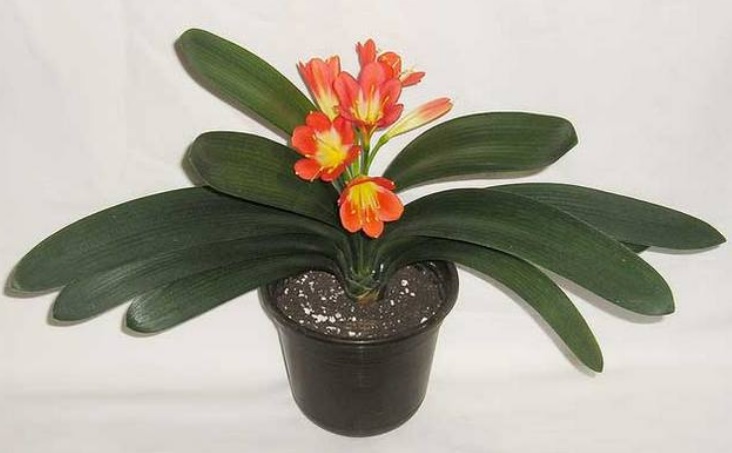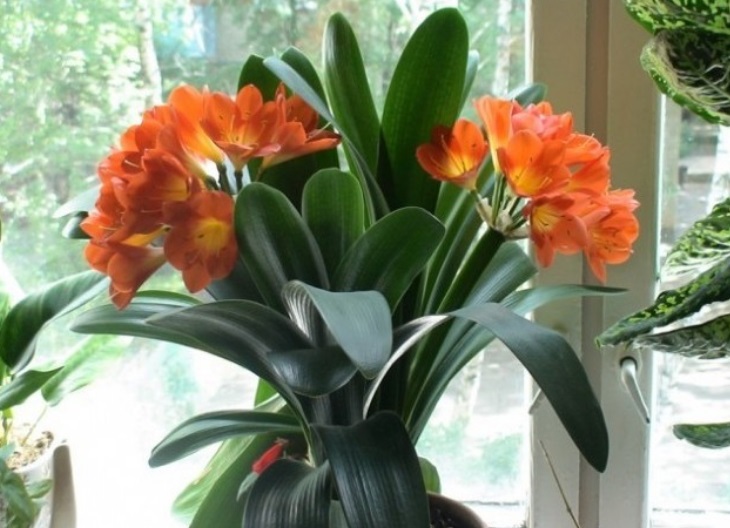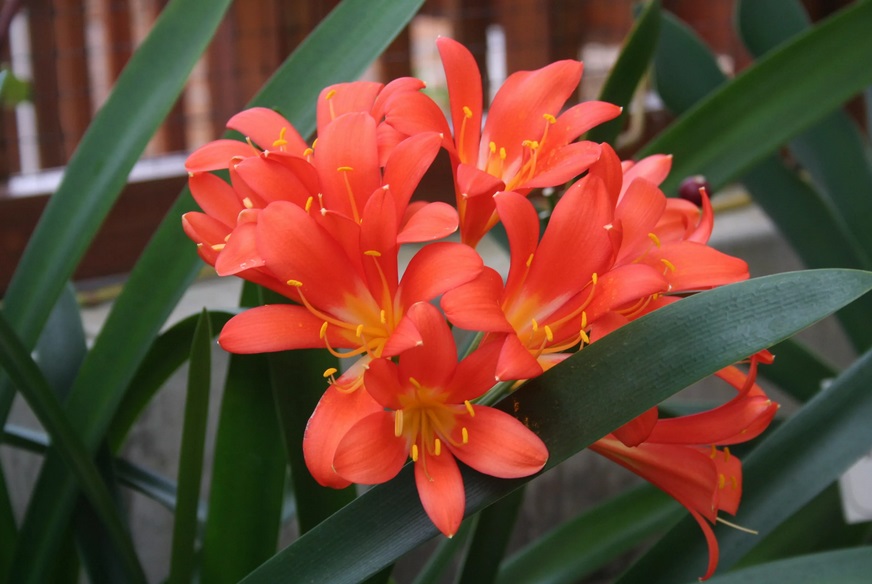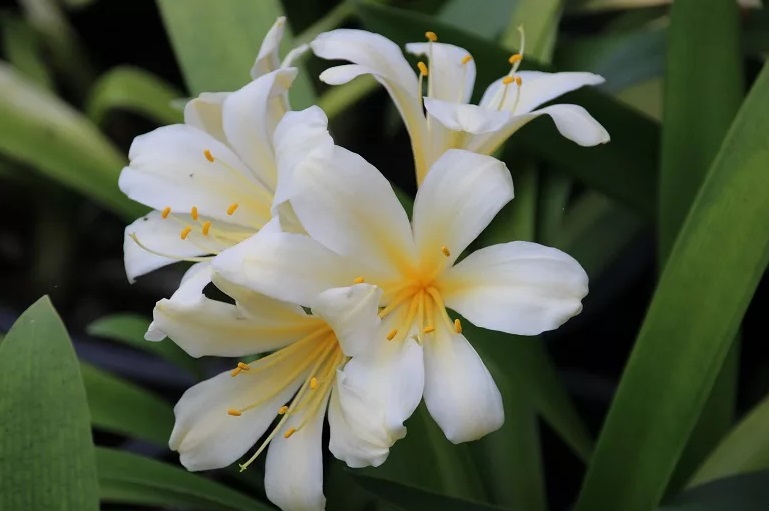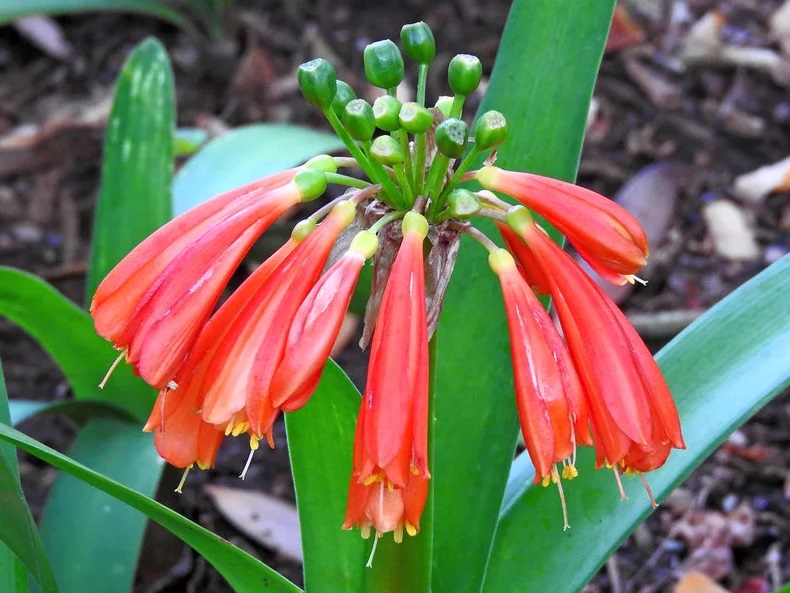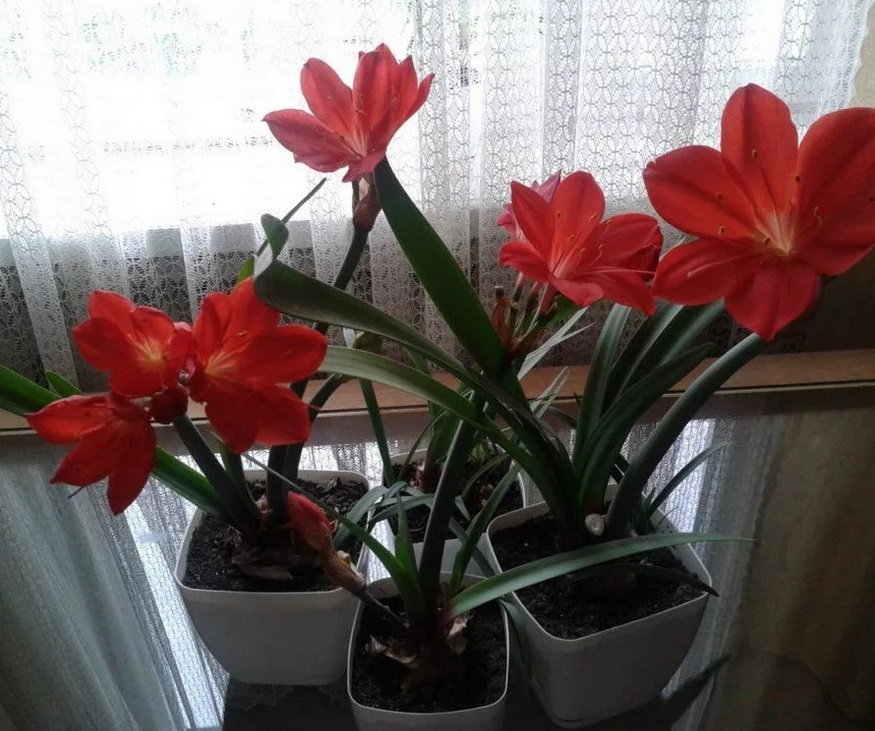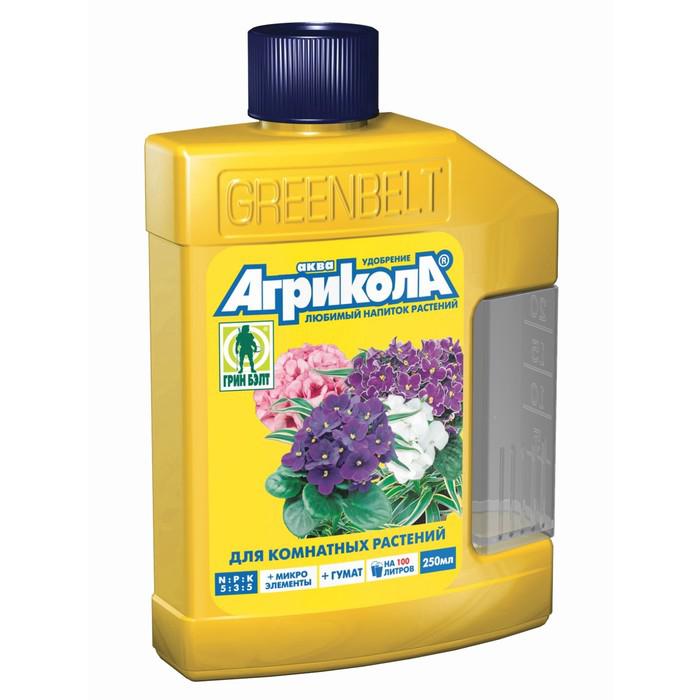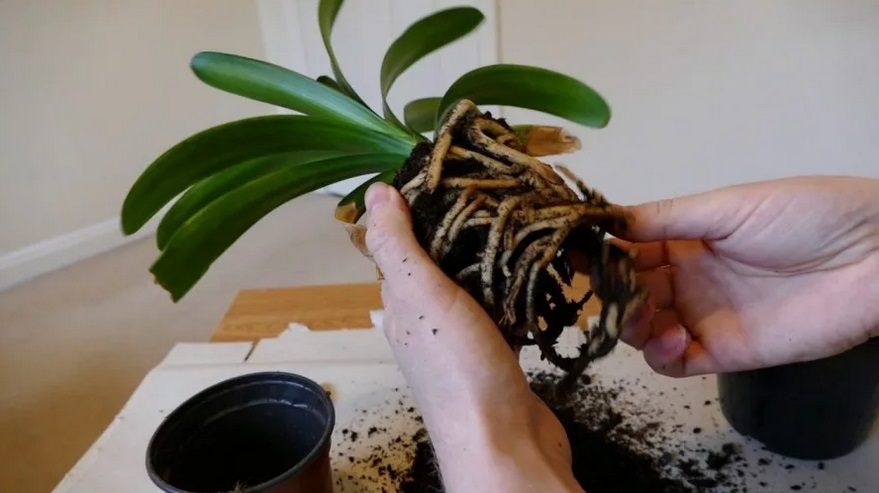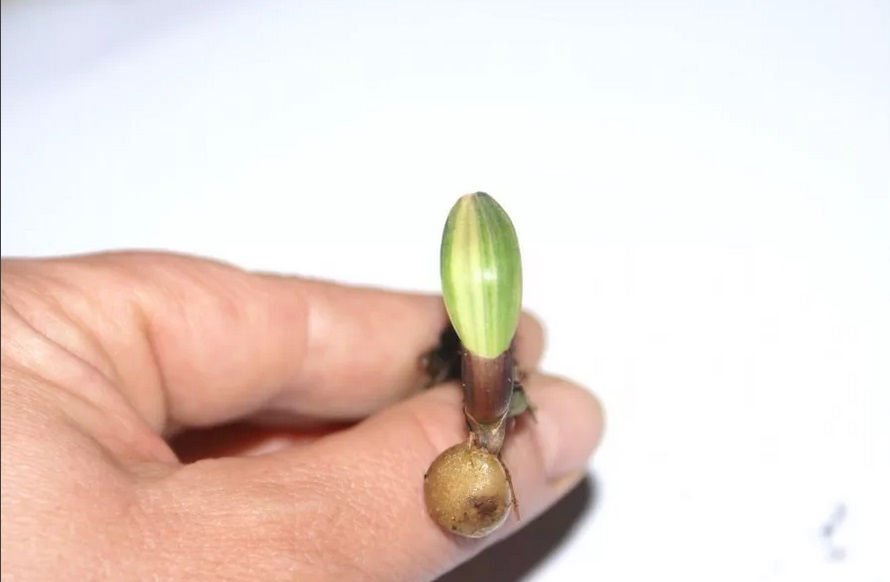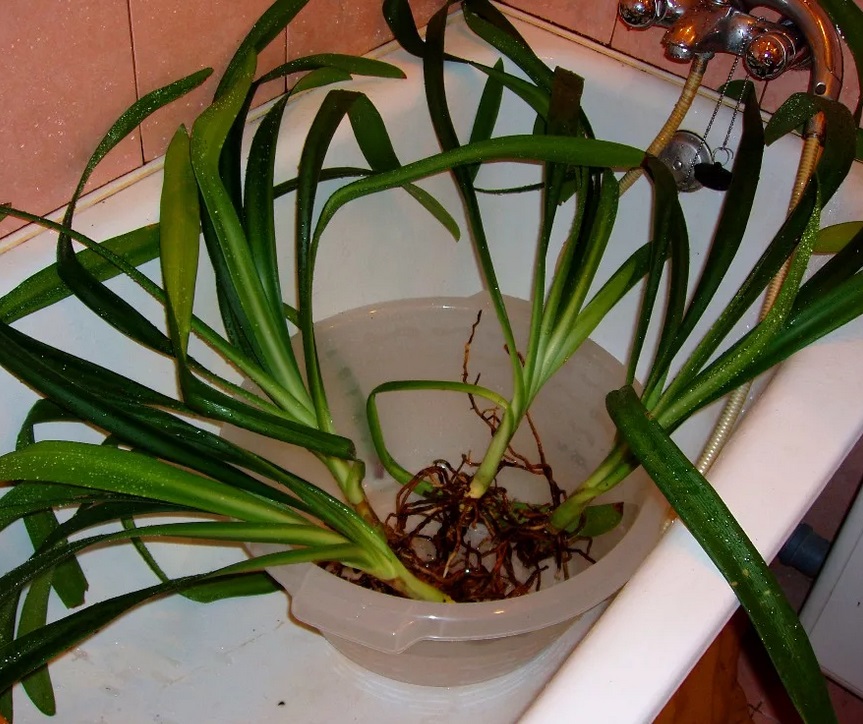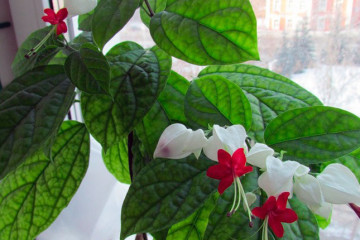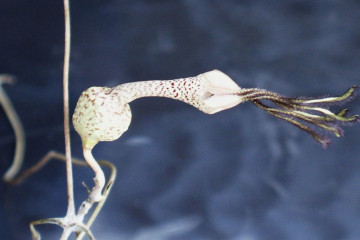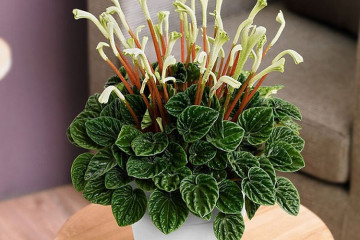Clivia - home care
Content:
Clivia is an old favorite of flower growers. Having provided the clivia flower with normal home care, you can safely hope that it will bloom beautifully at any time of the year. It is advisable to place an unpretentious, beautifully blooming culture on the east or west window of the house.
Clivia - what is this flower
Clivia is a culture from the genus of perennial evergreen herbaceous plants Clivia of the Amaryllis family. The name was given to her by the botanist John Lindley in honor of the Duchess of Northumberland Charlotte Clive. She was the governess of the future Queen of Great Britain, Victoria. The genus (Clivia) includes approximately five plant species of the Amaryllis family.
A short description of what it looks like
The leaves of a beautifully blooming culture are fanned out. Their distinctive feature is their unique decorative effect. This flower can be used to decorate the interior of the room. Bright, cheerful orange clivia inflorescences are surrounded by shiny dark green petals.
Today, you can find various varieties of flowers. They are colored orange and yellow.
Flower varieties
Clivias are evergreen perennial herbaceous plants, stemless, multi-flowered. Vaginal leaves, tightly enclosing each other, forming a false stem, linear or xiphoid. Under the ground, the culture develops a rhizome to which the thickened leaf bases and the leaves themselves are attached. The plant is, as it were, in the middle between bulbous and rhizome cultures. The flowers are bell-shaped, red or orange.
Clivia cinnabar
One of the most common is Clivia cinnabar. It is used as a floral and deciduous ornamental pot plant. The birthplace of culture is South Africa. Until it blooms, it is almost impossible to distinguish it from the beautiful clivia. Its leaves reach a length of 70 cm, have a belt-like shape and a dark green color. The flowers of this species are red-orange, the bases of the petals are yellowish. Up to 20 flowers are formed on one peduncle. It begins to bloom in spring. It was this species that became the basis for the development of other new varieties.
Clivia lemon
The next very common type is lemon clivia, or citrine clivia. The leaves of the plant reach a length of 70 cm, have a belt-like shape and a medium green color. The flowers in this view from above are white, at the base they are yellowish. Up to 15-20 flowers are formed on one peduncle. Blossoms in the spring.
Clivia the beautiful or nobilis
It has the same belt-like or tag-like leaves, reaching up to 40 cm in length (up to half a meter). The flowers are long, funnel-shaped, light red with green at the ends of the petals. There are from 30 to 60 of them in the inflorescence. Flowering time is from late February to late spring.
Home care for clivia
Clivia - what home care does she need? This flower requires watering with soft, settled water. Between them, it is better for someone to let the earth dry slightly.Do not allow water to remain in the pan. During dormancy, the plant is not watered or it is done when it begins to shed its leaves.
Illumination and temperature conditions
Clivia is a fairly light-loving plant. When choosing a place for it, preference should be given to windows on the east side. It is advisable to avoid strong burning sun so as not to damage the leaves. The optimum temperature for clivia is about 20-25 degrees in summer, and from October until the beginning of flowering, it is recommended to lower the temperature to 14, or even 12 degrees.
In addition, it should be borne in mind that large plants need a longer wintering period. Young plants can stay cool and calm for one and a half to two months.
Watering rules and humidity
Clivia needs moderate watering and only after the topsoil is dry. The water intended for irrigation must be soft (for this, ordinary tap water must be boiled). In waterlogged clivia, the tips of the leaves become brown, the roots and base of the stem can rot.
The dormant plant does not need to be watered. It is permissible to do this if the leaves begin to dry out. With the appearance of an arrow-peduncle, watering must be resumed, but on condition that the peduncles are at least 10-15 cm in length. The same goes for moving the plant to a warm place to bloom.
You don't have to worry about air humidity when growing a flower. If the leaves are dusty, you can wipe them with a cloth. In summer, the flower will feel good in the fresh air.
Top dressing and soil quality
The plant needs feeding not only in the flowering phase, but also during active growth. By this time, you will have to prepare fertilizer for the soil. The soil for the clivia flower needs a slightly acidic one with a high drainage layer. Top dressing should be done 2 times a month. When choosing a fertilizer, you should pay attention to the content of substances: it is not recommended to exceed the amount of nitrogen. Failure to comply with these rules can negatively affect the flowering of the culture.
Flower container size
Clivia does well in a cramped pot so that the roots can barely fit in it. That is why you should not rush to transplant a plant into a larger pot. It can bloom badly. In addition, you need to transplant the flower shallowly so that the root collar is almost on the surface of the substrate. If not properly cared for at home, the leaves of the clivia flower can rot and bloom.
If you take too large a container, then it may not bloom until the roots surround the entire lump of soil. It is desirable that the pot is ceramic.
Transfer
This flower does not tolerate transplantation quite well; damaged roots can rot. Therefore, without the need, such a procedure for a clivia flower at home is not recommended. You can just do the transfer. Adult clivias pass immediately after flowering, no more than two years later. Young plants are reloaded every year.
When transplanting for clivia, you need to select the appropriate soil. It is advisable to renew the top layer (up to 5 cm). The soil should be chosen loose, slightly acidic (turf, peat, compost in a ratio of 2: 1: 1). You can add coarse sand, perlite, or any ripper.
Clivia bloom, as often happens
A young culture only blooms once a year. After the plant matures, flowering occurs 2 times a year. At the end of the dormant period, the formation of a flower arrow occurs. As soon as the flower reaches about 14 cm in height, it is moved to a special place.It is imperative to take into account the room temperature, as well as provide abundant watering. The plant does not like to be touched a lot. Therefore, until the flower arrow is fully grown, you do not need to perform any action with it. In addition, it must be borne in mind that with a sharp change in temperature, the buds will not bloom.
Having placed the culture in the room, you should provide it with abundant watering. To moisturize the clivia, you will have to use warm water. This must be done to enhance the growth of the peduncle.
At the end of flowering, you should not stop watering and fertilizing the plant: in summer there is a possibility of flowering. If this does not happen, then it will be necessary to provide the culture with a period of artificial dormancy. It is necessary to choose a cool room for this. It is not recommended to feed the plant, as well as to carry out abundant watering. After a few weeks, you can see a positive result.
Sometimes flowering occurs without a dormant period. Due to its unpretentiousness, the culture adapts to any conditions. Therefore, clivia will bloom at least once a year.
You can take seeds from this flower, but only when using artificial pollination. They appear as green fruits. Further, their hue changes, becomes red-orange. This can happen only after a while, for example, after a year. Collecting seeds is possible when the fruits become soft.
Features of the rest period
The noble clivia needs to provide a dormant period. As a rule, it begins in October or November, lasting from 2 to 3 months. In the fall, the culture will have to be placed in a room where it is cool enough. Reducing watering is also recommended.
Fertilizing at this time is strictly prohibited. The temperature should be kept around 10-12 degrees. If the leaves begin to turn yellow, then they urgently need to be watered.
Reproduction of clivia
Many are interested in the question of how clivia reproduces at home. Clivia flower propagates by lateral babies and seeds. The lateral children are disconnected from the adult plant during transplantation, while they must have at least four leaves. To propagate the crop, you can use small pots filled with a mixture of sand and leafy soil. Water in moderation. Flowering will come in 2 or 3 years.
Seeds are sown shortly after they ripen. For sowing, a mixture of sand and turf soil is used. Seedlings will appear in 1–1.5 months. The transplant is carried out after the appearance of 1 leaf.
How to germinate seeds
Seed propagation requires more patience. Seeds can only be grown independently when the mother plant is eight years old. They need to be sown in a school made of peat, turf and sand. The seeds will hatch in six months. Favorable time for sowing is from October to April. The container is kept warm at all times and slightly moisturized. After a couple of leaves come out, the plants are transferred into separate cups.
Seeds germinate if they were kept wet in the berry. So that it does not dry out, it is kept until the time of sowing on a cut stem. There is a faster way to get seedlings - in a warm place in a damp cloth. The hatched seeds are sown in separate cups.
How to seat children
The vegetative way of propagation of clivia is much simpler than the generative one.You only need to do this when transplanting an adult, faded plant, so as not to damage the fragile root system. To do this, it is necessary to separate the lateral processes, their so-called babies, from the mother culture. Of these, only those that have formed at least four leaves are suitable for reproduction. The separated shoots are transplanted into pots with a diameter of 7 cm with sand. It is advisable to choose a bright, warm place for them.
Diseases and pests
Among insect pests, clivia affects mealybugs, aphids or scale insects.
Scabbards leave brown plaques on the leaves and stems - the business cards of the pest, which sucks the cell sap from the flower, from which the leaves turn pale and then dry.
Mealybugs deform the leaves, arrows, flowers of the plant. To combat all pests, wipe the leaves with a soapy sponge, and then spray the plant with a 15% Actellic solution according to the instructions.
Too frequent and heavy watering can cause gray mold to attack the clivia. This is a fungal disease that manifests itself as brown spots on the leaves of the plant. If the infection is superficial, the flower should be sprayed with Bordeaux liquid, Topaz or Champion. If the treatment with fungicides does not produce the desired effect, you will have to use copper-containing preparations of combined or contact action: "Kuproskat", vitriol.
Caring for a clivia flower at home is not considered difficult: it is enough to feed it from time to time and wipe it with a soapy sponge. It does not require abundant watering.
